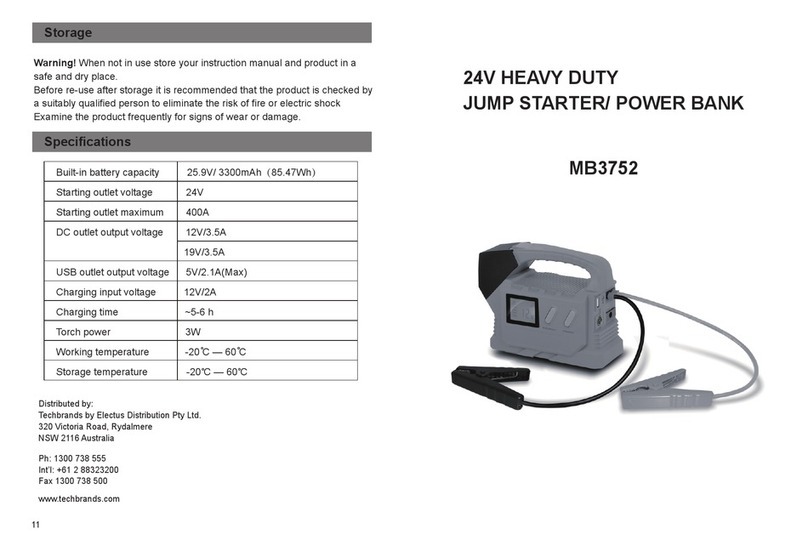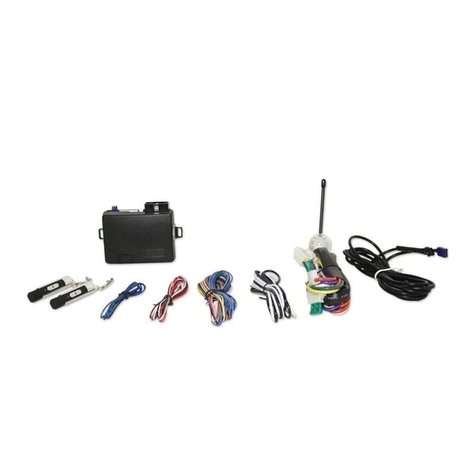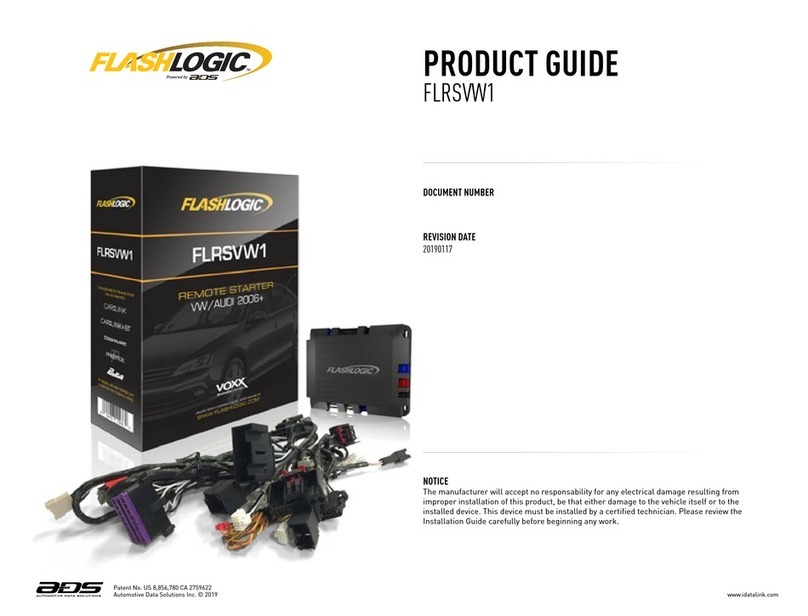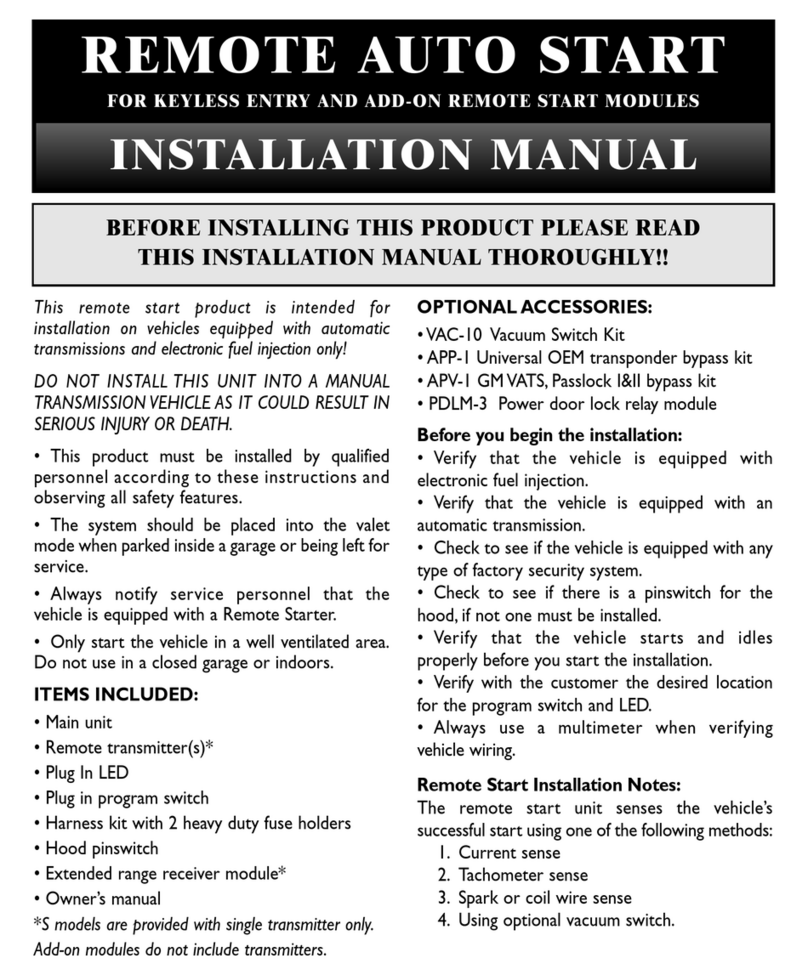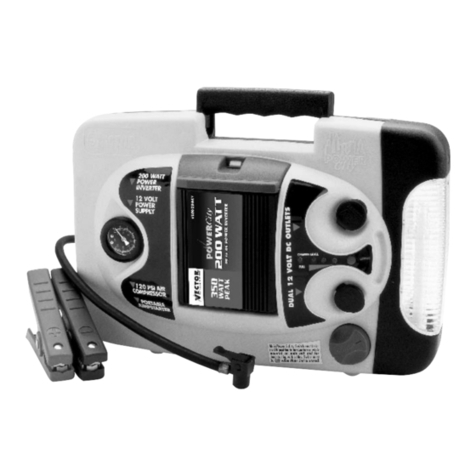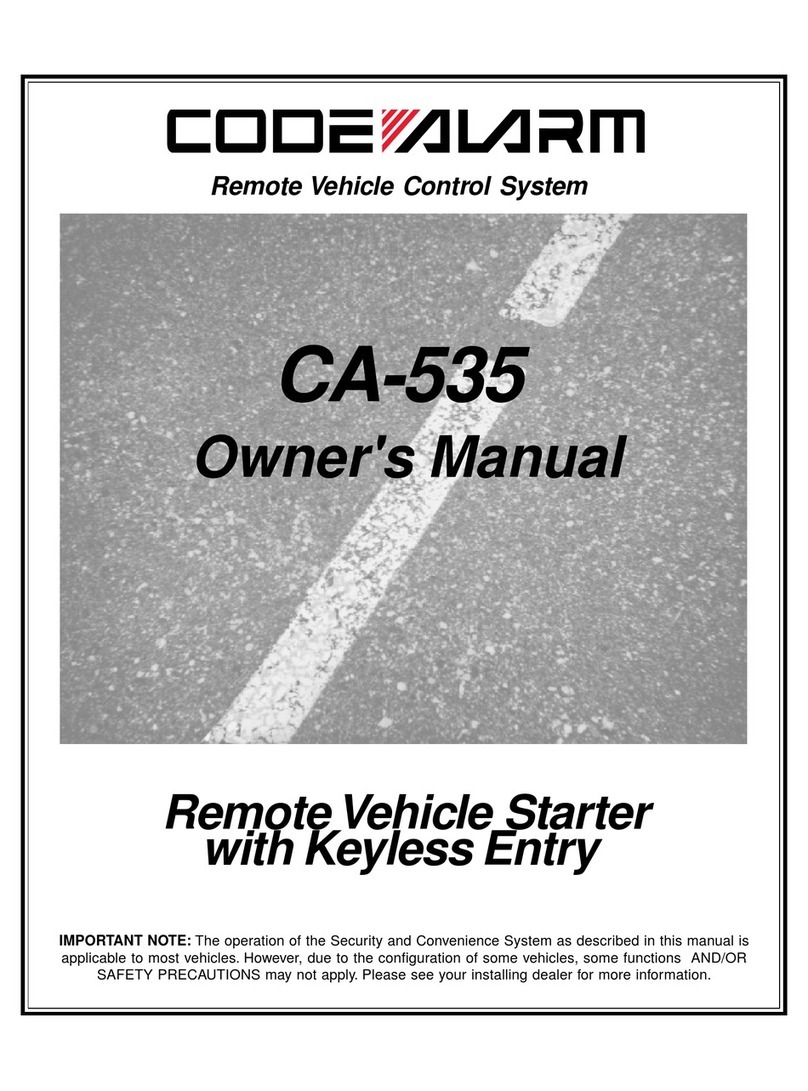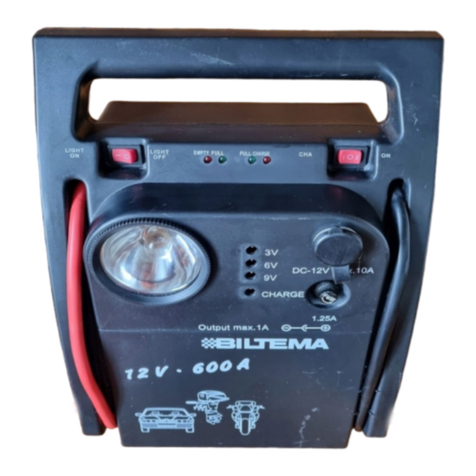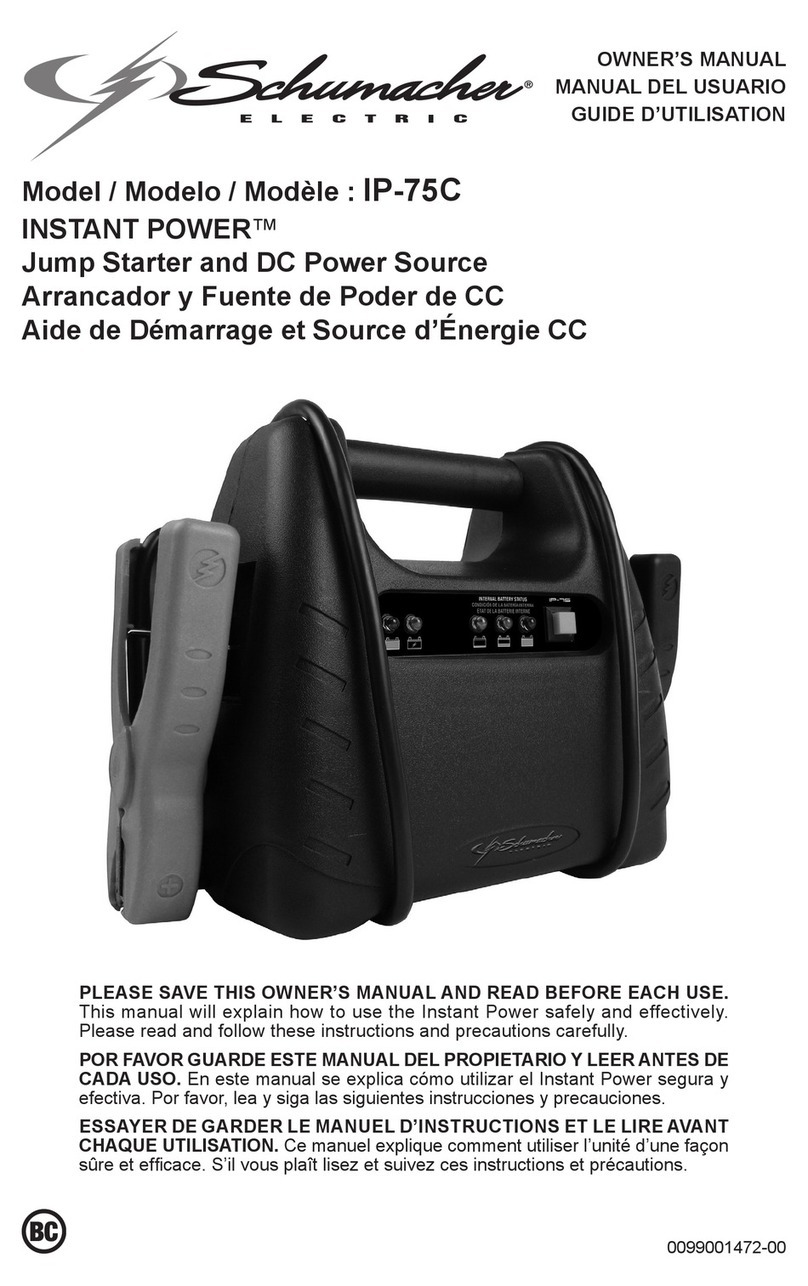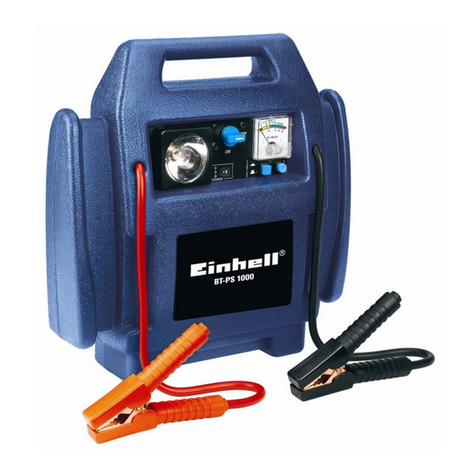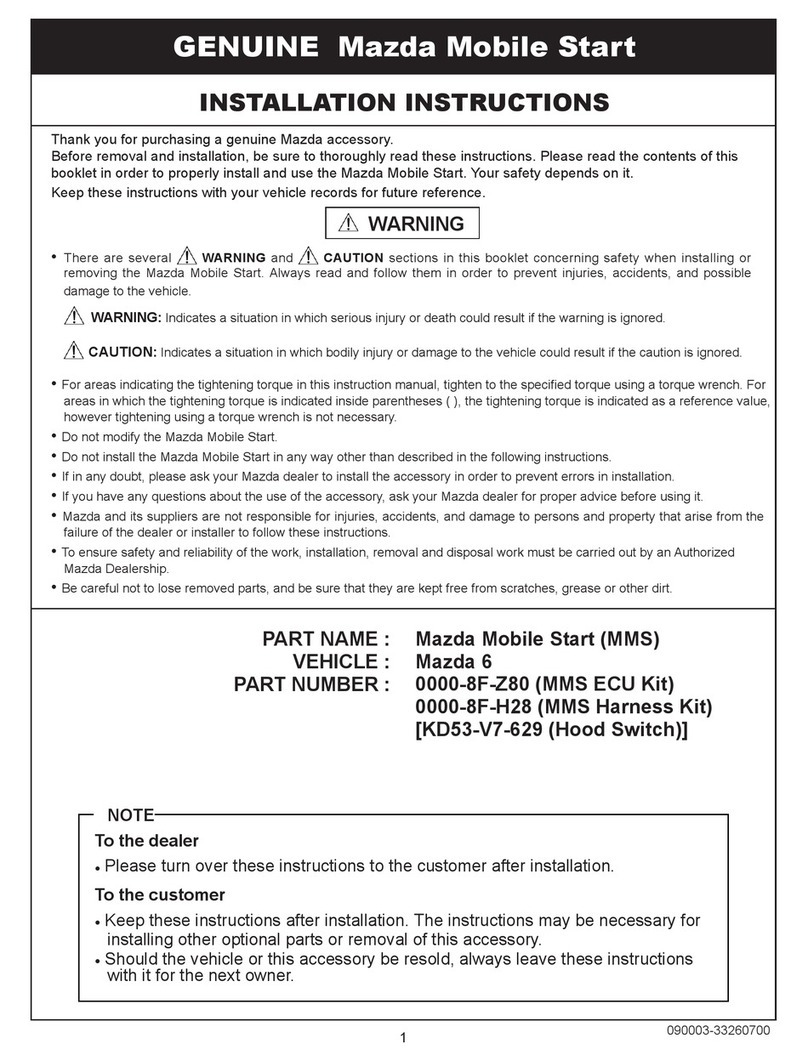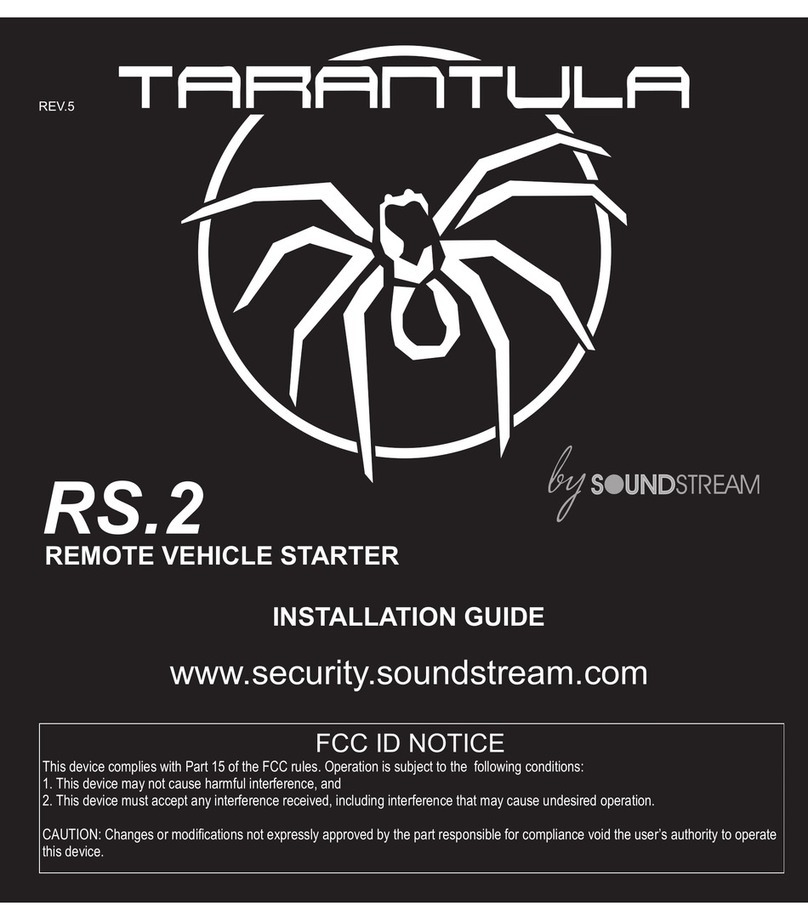
SCIBORG 825K INSTALLATION GUIDE
5
Mounting The Ma
j
or Components
Bracket. Find a location in the engine compartment that is far from
heatsources or moving parts such as belts or the radiator fan. Typically,
the best location is on the firewall. Try to find a bolt or bolt hole that
you can use to secure the mounting bracket (you will need to find an ap-
propriately sized bolt). You will need to drill holes and use self-tapping
screws if you cannot locate a bolt or existing hole on the firewall. Once
you have found a good location (a place that won’t be splashed excessively
with water), then secure the bracket.
Man Body. Once the bracket is mounted, use the included bolts and
washers to secure the siren body to the bracket. Ensure the body has the
speaker side down so that water won’t collect in it.
Wres. Find a nearby place to connect the black (-) ground wire. Ensure
the ground point is bare metal that is free of paint, rust, oils, dirt or other
obstructions. You may cut the black ground wire shorter if required. You
may also wish to crimp a ring terminal onto the ground wire and mount it
with a self tapping screw. After the ground is secured, feed the red +12v
power wire through a rubber grommet in the firewall into the vehicle
cabin on the driver’s side. Never feed through holes without grommets!
Sren
The hood switch is used to trigger the siren when the security system is
armed and also works as a vital safety feature to instantly shut down the
engine during a remote start sequence to prevent injury. NEVER SKIP
INSTALLATION OF THIS IMPORTANT COMPONENT! Find a location
under the hood that is away from areas that water may collect. Make sure
the movable head of the switch will come in contact with a flat surface on
the hood and that it will push straight down when the hood closes.
Drill a 5/15” (9mm) hole and mount the switch. Attach the short ORG/
GRY wire with spade terminal to the end of the switch. Then connect the
included ORG/GRY Extension Wire, opposite the bullet connector end, to
the end of the short ORG/GRY wire and feed it into the cabin on the driv-
er’s side via a firewall grommet. Be sure to keep the ORG/GRY Extension
Wire away from moving parts in the engine compartment, and consider
covering it with corrugate tubing for a professional appearance.
Hood Swtch
